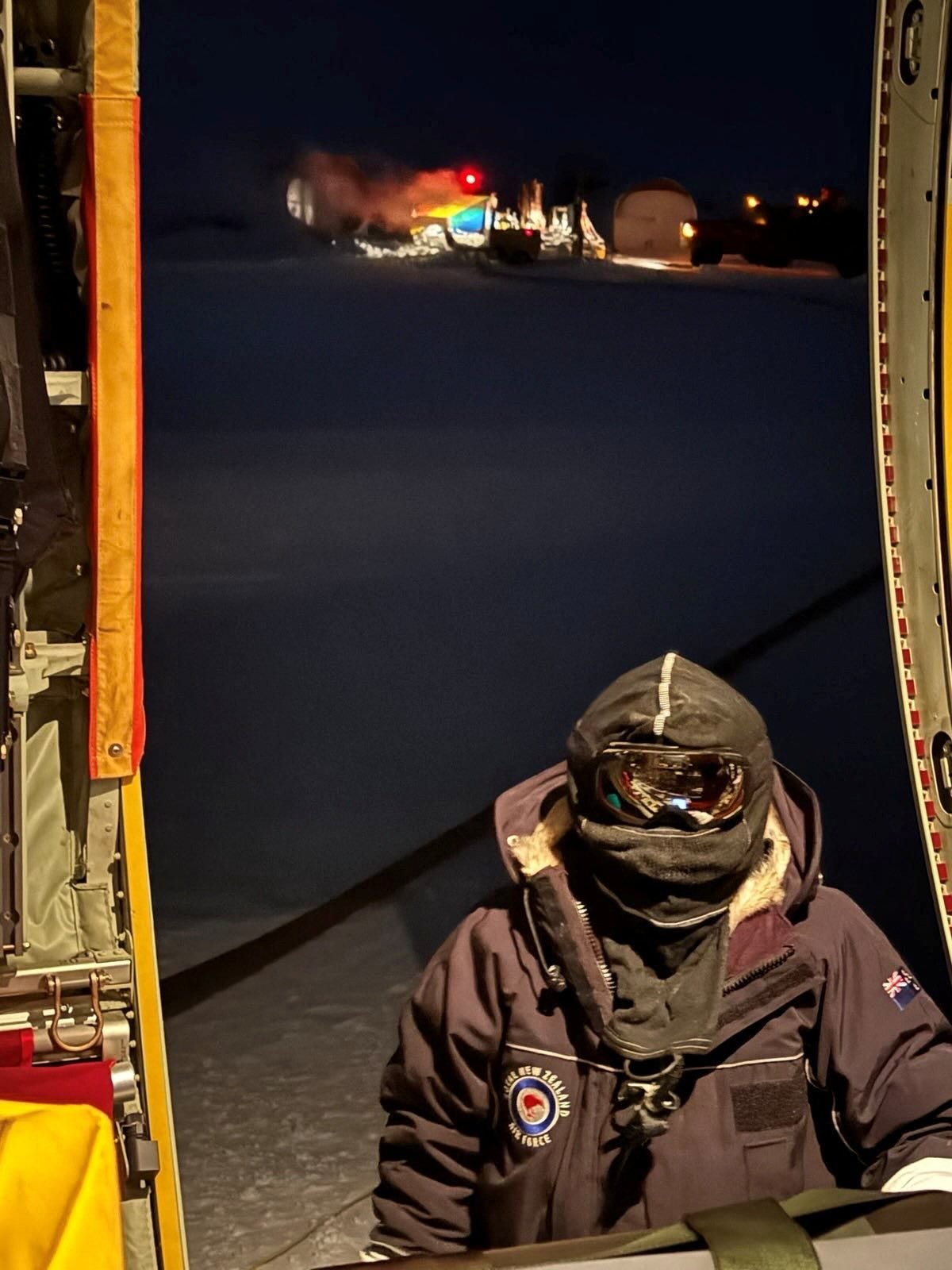Breaking News
US researchers flown in high-risk winter night operation

Three staff members from a United States research base in Antarctica were medically evacuated to New Zealand during extreme cold and dark conditions amid the southern winter, New Zealand’s air force said Wednesday, Aug. 6.
The U.S. National Science Foundation requested an emergency evacuation for three people unable to receive necessary care on the continent, including one who required urgent treatment, according to the New Zealand Defense Force. Despite high-risk travel conditions, the flight landed successfully and all three received treatment.
“With the support of Antarctica New Zealand and United States’ National Science Foundation staff in Antarctica, we have been able to complete the flight and the patients are now getting the medical treatment they need in Christchurch,” Air Component Commander Air Commodore Andy Scott said in the Aug. 6 news release

Royal New Zealand Air Force personnel undertake a medical evacuation of three people from McMurdo Station in Antarctica, in this handout photo released on August 6, 2025.
Following detailed analysis of weather conditions and the airfield, the Royal New Zealand Air Force aircraft flew from the McMurdo Station on Tuesday afternoon, Aug. 5, and landed in Christchurch, New Zealand, the next morning.
One doctor and other medical personnel with the New Zealand Defence Force were onboard to care for the patients throughout the flight, the agency said.
The military group did not provide any details about why each staff member required medical treatment.
Why was the trip so dangerous?
The military group stated that mid-winter flights in Antarctica are among the most challenging trips due to extreme cold, variable weather conditions, and the difficulty of landing an aircraft on the ice during the dark hours.
Temperatures at the McMurdo Station were as low as -24 Celsius (-11 Fahrenheit) on Aug. 6, Reuters reported.
The crew used night vision goggles to navigate the essentially pitch-black trip, and the U.S. Antarctic Program Winter Team physically created a runway ahead of takeoff to ensure the aircraft could safely land, according to Scott.
“Although they determine it is safe, it’s still an extremely challenging environment to fly in,” Scott said. “This, coupled with there being no airfields available to divert to once the aircraft is past a certain point south adds to the risk, so these missions are not taken lightly.”
The trip took nearly 20 hours, including a brief stint on the ice to refuel while the aircraft engines continued to run in a process known as “hot refueling,” the New Zealand Defense Force said.
This article originally appeared on USA TODAY: US researchers evacuated from Antarctica in risky winter night flight
